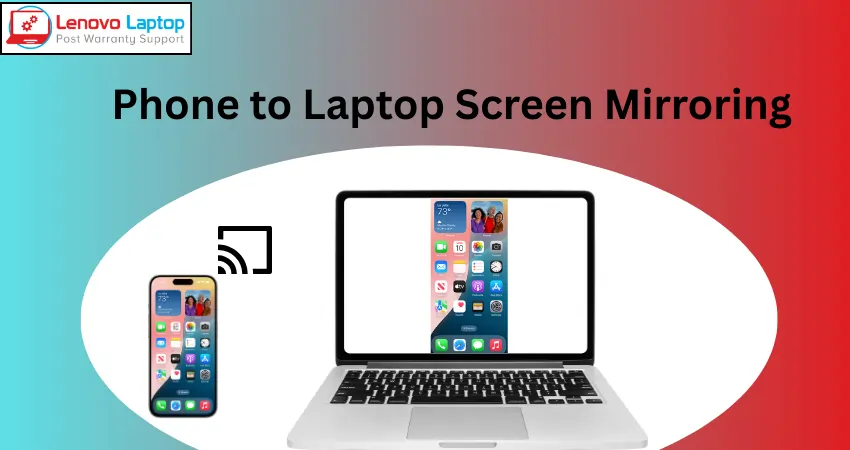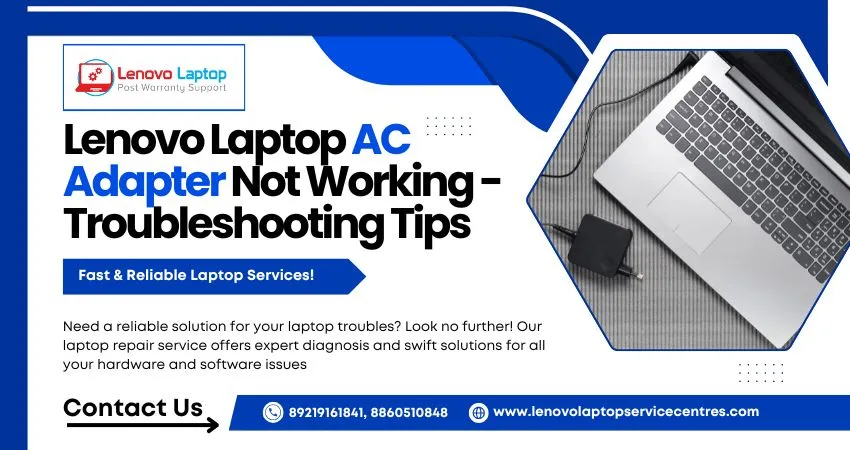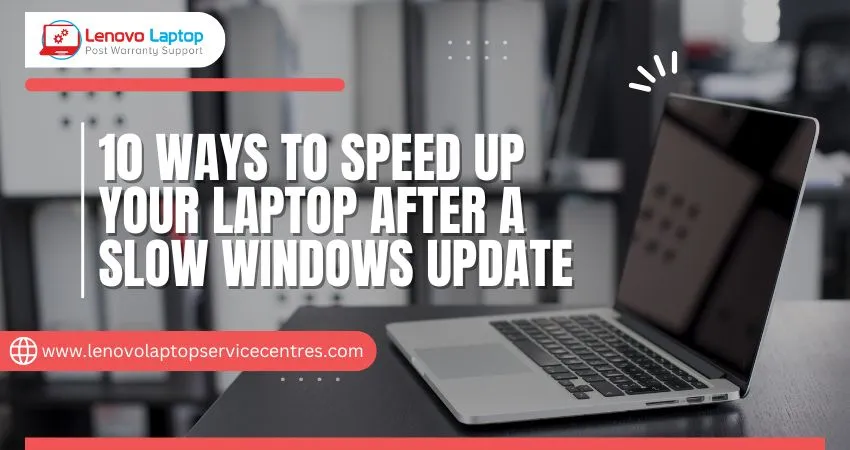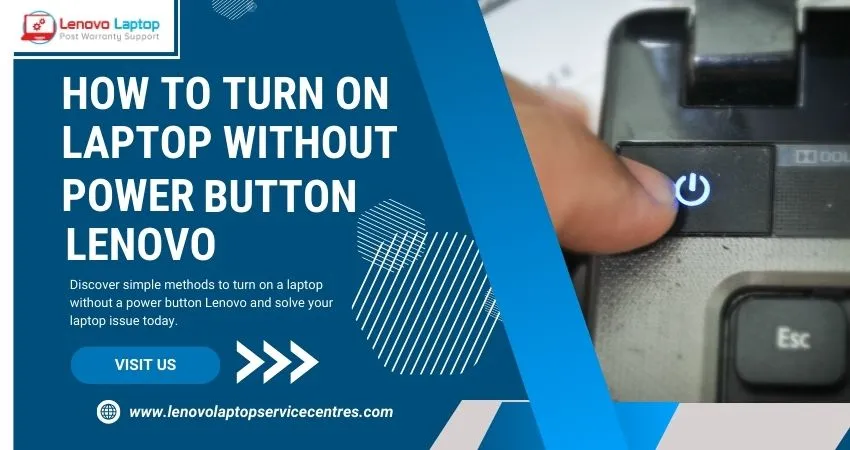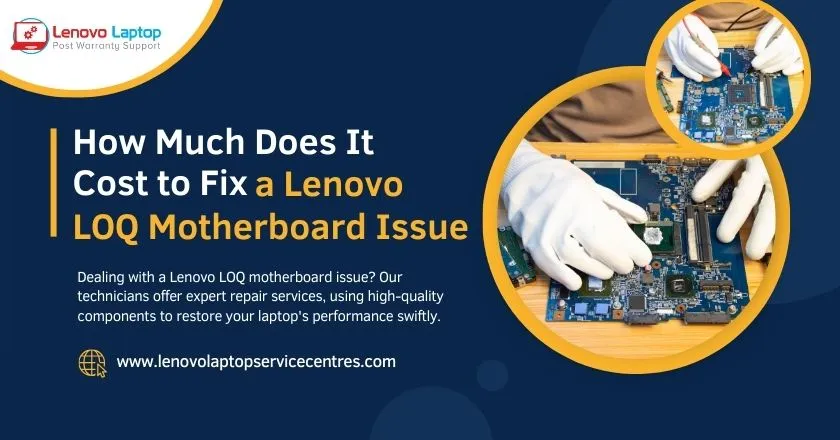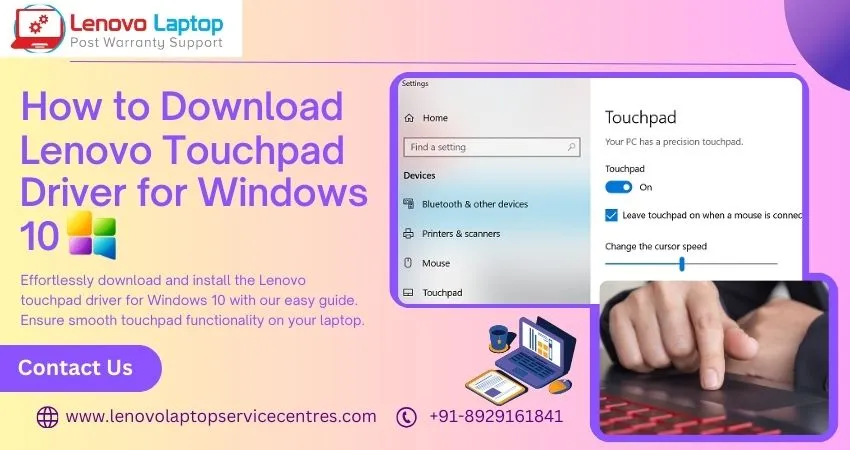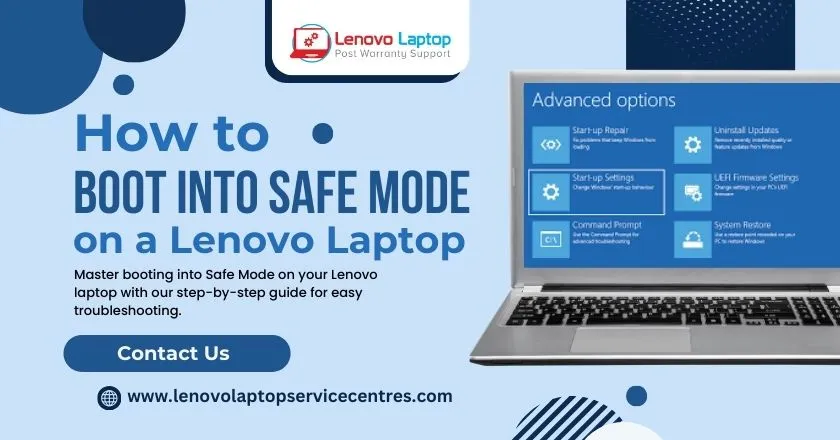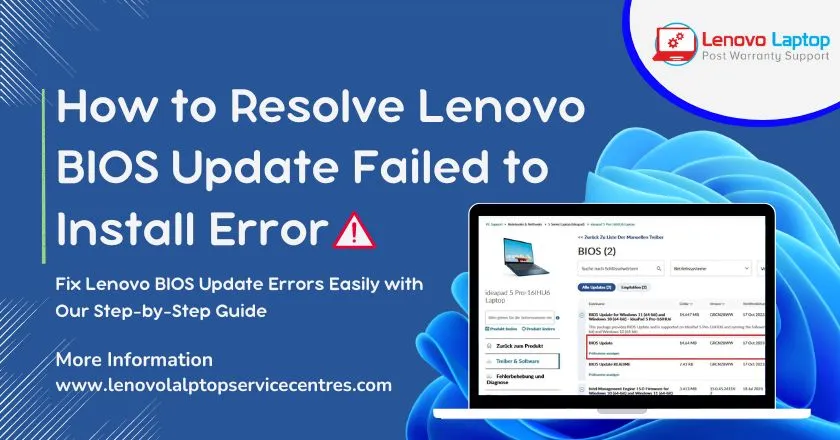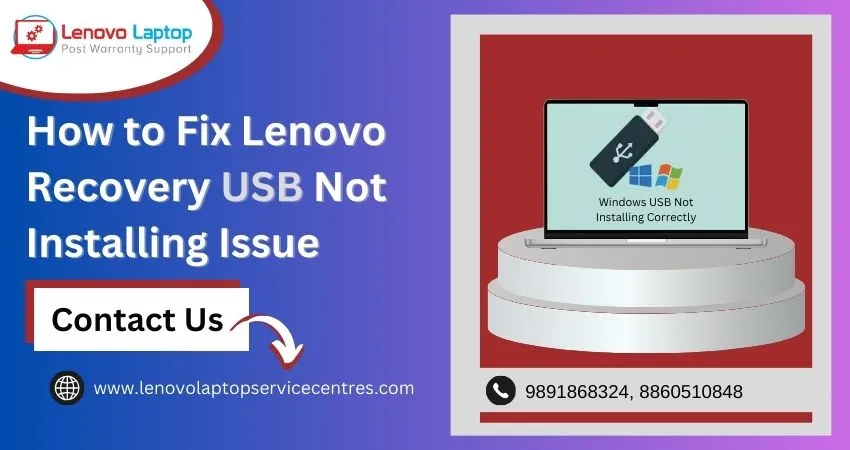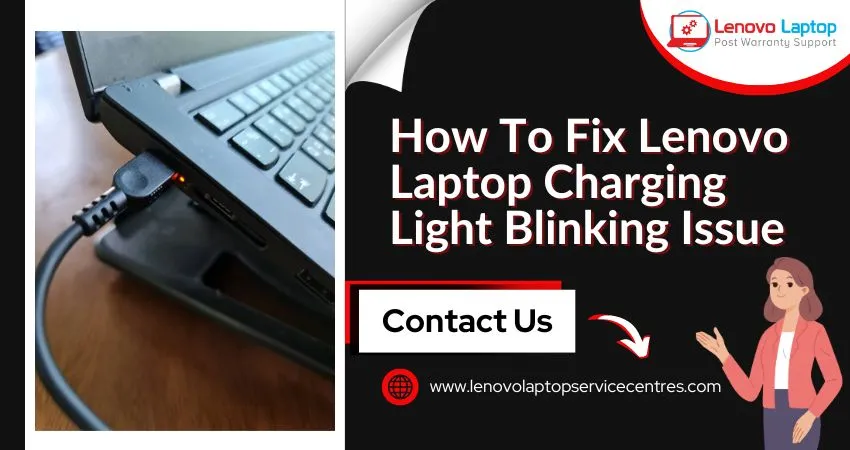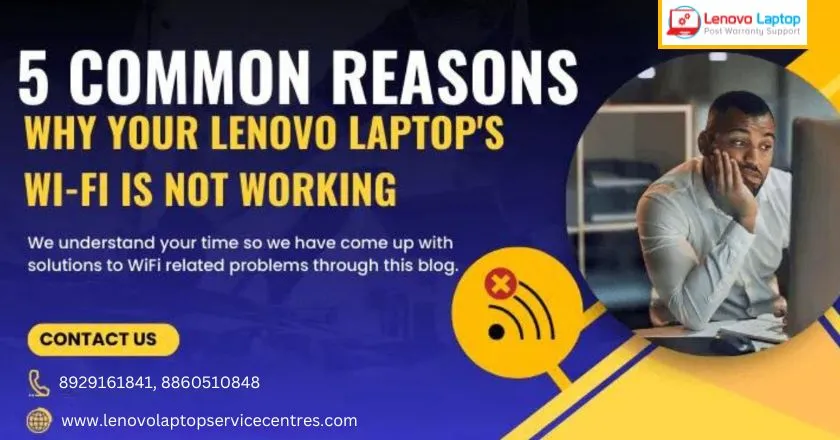Call Us: +91-7042640351, 9891868324
- Home
- How to Fix Wi-Fi Not Showing on Windows 10/11
How to Fix Wi-Fi Not Showing on Windows 10/11
By Admin / 30 Aug 2024

If you're experiencing issues with your Wi-Fi not showing on Windows 10/11, you're not alone. Many users need help with problems where their Wi-Fi network is invisible or fails to connect. This can be frustrating, mainly if you rely on a stable internet connection for work or leisure. In this guide, we'll explore various methods to troubleshoot and resolve the issue of Wi-Fi not showing on Windows 10/11, ensuring you can get back online quickly and efficiently.
Understanding the Issue: Why Is Wi-Fi Not Showing on Windows 10/11?
Before diving into the solutions, it's essential to understand why your Wi-Fi might not appear on Windows 10/11. Several factors can contribute to this problem, including:
- Driver Issues: Outdated or corrupted Wi-Fi drivers can prevent your network from appearing.
- Hardware Problems: Issues with your laptop's Wi-Fi hardware can lead to connectivity problems.
- Software Glitches: Bugs or errors in the operating system can interfere with network visibility.
- Network Settings: Incorrect network settings or configurations can cause Wi-Fi to be hidden.
Step-by-Step Guide to Fix Wi-Fi Not Showing on Windows 10/11
If your Wi-Fi isn't showing up on Windows 10/11, follow this step-by-step guide to troubleshoot and resolve the issue efficiently. We'll cover everything from basic checks to advanced fixes.
1. Check Your Wi-Fi Hardware
Before troubleshooting software-related issues, ensure that your Wi-Fi hardware is functioning correctly. Here’s what you can do:
- Turn On Wi-Fi: Ensure your laptop’s Wi-Fi is turned on. Look for a physical switch or function key (usually marked with a Wi-Fi symbol) that enables or disables Wi-Fi.
- Check for Airplane Mode: Make sure the Airplane Mode is turned off. You can check this by clicking on the network icon in the system tray and verifying that the Airplane Mode is disabled.
2. Restart Your Laptop and Router
Sometimes, a simple restart can resolve connectivity issues. Here’s how:
- Restart Your Laptop: Restart your laptop to refresh network settings and potentially resolve temporary glitches.
- Restart Your Router: Unplug your router from the power source, wait 30 seconds, and plug it back in. This can help reset the connection and resolve any temporary issues with the router.
3. Update Your Wi-Fi Drivers
Outdated or corrupted drivers can prevent your Wi-Fi from showing up. Follow these steps to update your drivers:
- Open Device Manager: Right-click on the Start menu and select "Device Manager."
- Find Network Adapters: Expand the "Network adapters" section and locate your Wi-Fi adapter.
- Update Driver: Right-click on the Wi-Fi adapter and select "Update driver." Choose "Search automatically for updated driver software" and follow the prompts.
4. Reinstall Wi-Fi Drivers
If updating your drivers doesn’t work, try reinstalling them:
- Open Device Manager: Right-click on the Start menu and select "Device Manager."
- Uninstall Wi-Fi Adapter: Expand the "Network adapters" section, right-click on your Wi-Fi adapter, and select "Uninstall device."
- Restart Your Laptop: Restart your laptop, and Windows should automatically reinstall the Wi-Fi drivers.
5. Run Network Troubleshooter
Windows 10/11 comes with built-in troubleshooting tools that can help identify and fix network issues:
- Open Settings: Press `Win + I` to open Settings.
- Navigate to Troubleshoot: Go to "Update & Security" and select "Troubleshoot."
- Run Troubleshooter: Click "Additional troubleshooters" and select "Internet Connections." Follow the on-screen instructions to diagnose and resolve the issue.
6. Check Network Adapter Settings
A proper network adapter setting can prevent Wi-Fi from showing up. Here’s how to check and adjust them:
- Open Network Connections: Press `Win + R` and type `ncpa. Cpl`, and press Enter to open Network Connections.
- Check Wi-Fi Adapter: Ensure that your Wi-Fi adapter is enabled. Right-click the Wi-Fi adapter and select "Enable" if it is disabled.
- Reset Network Settings: Go to Settings > Network & Internet > Status and click "Network reset" to restore default network settings.
7. Check for Windows Updates
Ensuring that your operating system is up to date can help resolve compatibility issues:
- Open Settings: Press `Win + I` to open Settings.
- Go to Updates: Navigate to "Update & Security" and select "Windows Update."
- Check for Updates: Click "Check for updates" and install any available updates.
8. Verify BIOS Settings
In rare cases, Wi-Fi issues might be related to BIOS settings:
- Enter BIOS/UEFI: Restart your laptop and enter BIOS/UEFI settings by pressing the designated key (usually `F2`, `F10`, or `Delete`) during startup.
- Check Wireless Settings: Ensure the BIOS settings enable the wireless adapter.
9. Reset Network Configuration
If all else fails, you can reset your network configuration to default settings:
- Open Command Prompt: Press `Win + S,` type `cmd,` and select "Run as administrator."
- Run Commands: Enter the following commands one by one, pressing Enter after each:
netsh winsock reset
netsh int ip reset
ipconfig /release
ipconfig /renew
ipconfig /flushdns
Seek Assistance from a Specialist
If you've tried all the troubleshooting steps and your Wi-Fi still isn't showing on Windows 10/11, it might be time to seek assistance from a specialist. Professionals can offer on-site support to diagnose and fix complex issues directly at your location. For added convenience, many services provide free pickup and delivery, ensuring your laptop is handled carefully without inconveniencing you. Our kind and efficient service ensures that your Wi-Fi connectivity issues are resolved swiftly and effectively. If you need expert help, don’t hesitate to call 8929161841 to schedule a consultation or request support.
Read More: How Much Does Lenovo Laptop Wi-Fi Card Replacement Cost
Read More: 5 Common Reasons Why Your Lenovo Laptop's Wi-Fi Is Not Working
Conclusion
Addressing the issue of Wi-Fi not showing on Windows 10/11 can be a straightforward process if you follow these troubleshooting steps. By checking hardware settings, updating drivers, and running built-in troubleshooters, you can often resolve connectivity problems quickly. If you continue to experience issues, consider contacting a professional technician for further assistance. Remember, updating your operating system and drivers is crucial for maintaining a stable and reliable internet connection.
 Share
Share
 Tweet
Tweet
 Share
Share
 Share
Share
Recent Post
-
Cannot Load Driver ENE.SYS? Try These 6 Fixes!
12 Dec 2024
-
How to Solve Lenovo Laptop Hanging Problem
26 Oct 2024
-
How to Restart Lenovo Laptop with Black Screen
22 Oct 2024
-
Lenovo Laptop Power Button on but no Display
02 Sep 2024
-
How to Fix Wi-Fi Not Showing on Windows 10/11
30 Aug 2024
-
Lenovo Laptop Touchpad Replacement Cost in India
28 Aug 2024
-
How to Unlock a Locked Lenovo Laptop Keyboard
12 Aug 2024
-
How to Boot Into Safe Mode On a Lenovo Laptop
31 Jul 2024
-
How to Check Lenovo Laptop Fan is Working or Not
09 Jul 2024
-
How to Fix Bluetooth Problem in Lenovo Laptop
05 Jul 2024
-
How to Install OS (Operating System) on Laptop
27 Jun 2024
-
How to Fix It When Windows 11 Won't Shut Down
21 Jun 2024
-
Lenovo E-41 25 Panel Replacement Cost in India
31 May 2024
-
How to Fix Stuck Keys on Lenovo Laptop Keyboard
30 May 2024
-
Lenovo Laptop Black Screen Issue on Windows 11
17 Apr 2024
-
How to Download Lenovo Vantage for Windows 11
15 Apr 2024
-
How to Get Lenovo Accidental Damage Protection
11 Apr 2024
-
Lenovo System Update Download For Windows 11
06 Apr 2024
-
Lenovo Laptop Security Issues in windows 11
04 Apr 2024
-
How to Check Battery Health in Lenovo Laptop
30 Mar 2024
-
How to Run Hardware Diagnostics on Lenovo Laptop
20 Dec 2023
-
How to find model number of lenovo laptop
18 Dec 2023
-
How to Update Drivers in Lenovo Laptops
02 Dec 2023
-
Why is my lenovo laptop making a buzzing noise
28 Nov 2023
-
Best Guide: Resolve Lenovo Laptop Touchpad Issue
11 Oct 2023
-
How to Troubleshoot Lenovo Laptop Battery Issues
16 Aug 2023
-
Lenovo Laptop Hinges Repair or Replacement Cost
09 Aug 2023
-
How to Find Lenovo Laptop Serial Number
08 Aug 2023
-
Lenovo Laptop SSD Upgradation Cost
18 Jul 2023
-
Lenovo Laptop Camera Replacement Cost
18 Jul 2023
-
Lenovo Laptop Battery Replacement Cost
13 Jul 2023
-
Lenovo Laptop Screen Replacement Cost
12 Jul 2023
-
Lenovo Laptop Keyboard Replacement Cost
12 Jul 2023
-
How to Fix Camera Issue in Lenovo Laptop
07 Jul 2023
-
How to Format Lenovo Laptop with USB
06 Jul 2023
-
How to Increase Battery Life on a Lenovo Laptop
21 Jun 2023
-
How to Fix White Screen on Lenovo Laptop
20 Jun 2023
-
Lenovo Laptop Motherboard Replacement Cost
19 Jun 2023
-
How do I stop my Lenovo laptop from overheating?
16 Jun 2023
-
What is Cost of Lenovo Laptop in India?
22 Sep 2022
-
Lenovo Laptop Problems Black Screen
21 Sep 2022
Looking For A Fast & Reliable Laptop Repair Service
We have professional technicians, fast turnaround times and affordable rates. Book Your Repair Job Today!
Submit Your Query

We specialize in all types of laptop services and provide reliable and quality door step service to our clients
- Plot No 135, 2nd Floor, Kakrola Housing complex main market road , Near Metro Pillar no. 789, Nearest Metro Stn. Dwarka Mor, Dwarka, New Delhi-110078 India.
- +91-7042640351,+91-9891868324
- info@bsslaptoprepaircenter.com
- Shop No.126, Patel Chawel,Near Cigarette Factory,Chakala,Andheri East,Mumbai-400099
- +91- 9891868324,+91-8860510848
- Monday - Sunday (10 am to 7 pm)
QUICK LINKS
SERVICE CENTER IN DELHI
DISCLAIMER: Any product names, logos, brands, and other trademarks or images featured or referred to within website are the property of their respective trademark holders. Moreover https://lenovolaptopservicecentres.com/ is neither associated nor affiliated with Lenovo or Lenovo India. Logos and Images are being used only for representation purpose of post warranty Lenovo laptop support and service. BS System Solutions is an independent organization.
BS System Solutions | All Rights Reserved
Design by Attractive web Solutions
